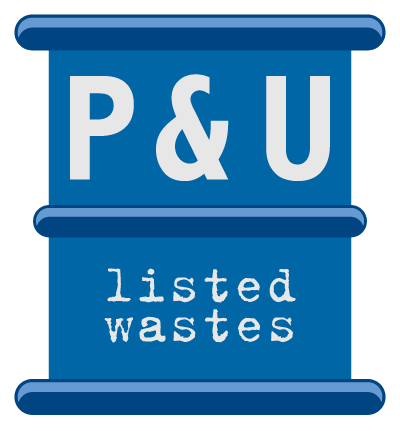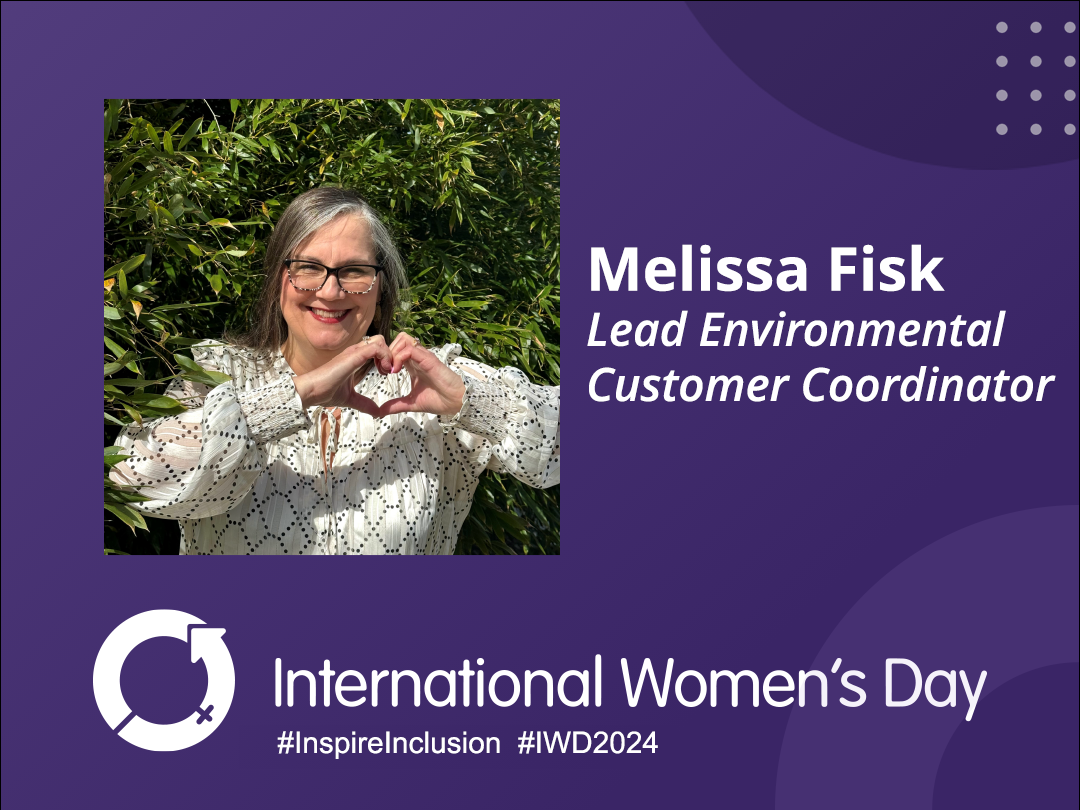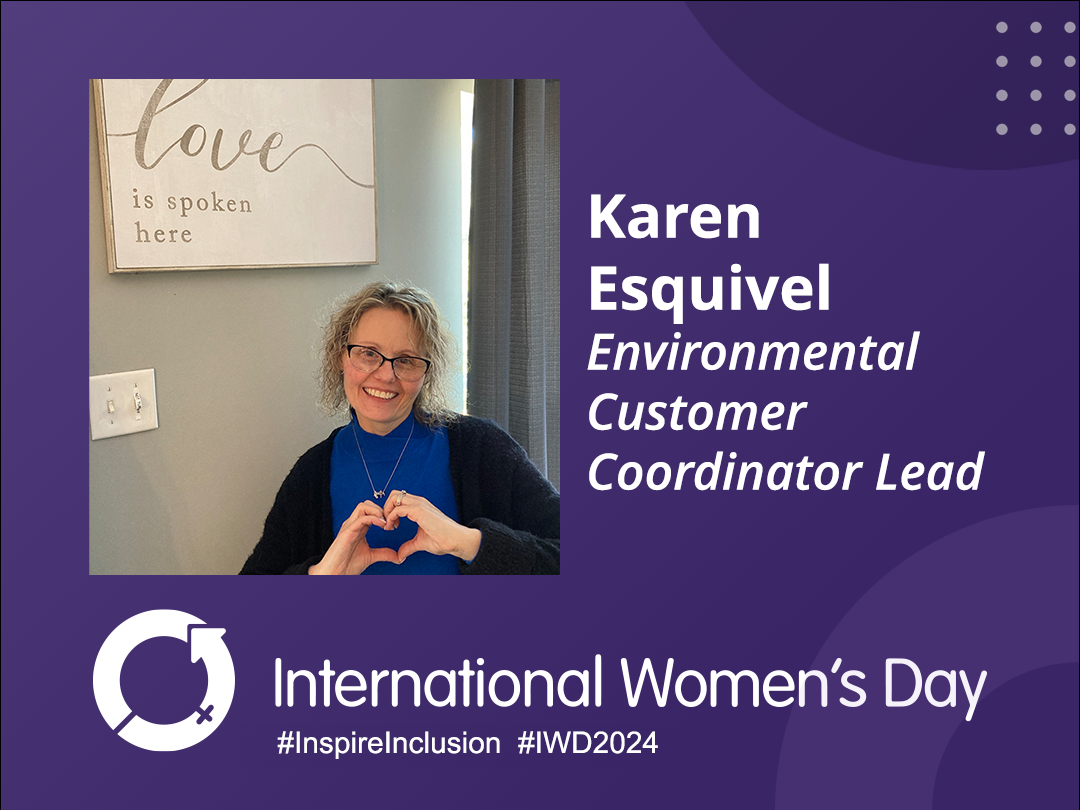
The P and U listed wastes are quite a bit different from the K and F lists. These wastes are composed of hazardous pure or commercial grade formulations of certain unused chemicals. To qualify as a P or U listed waste the wastestream must meet these three criteria:
- The waste must contain one of the chemicals listed on the P or U list.
- The chemical in the waste must be unused.
- The chemical in the waste must be in the form of a “commercial chemical product,” as defined by the EPA.
In previous blog posts we have learned that hazardous waste listings are narrative descriptions of specific wastestreams and that the actual chemical composition of the waste is usually irrelevant to whether a listing applies to it. Since the P and U lists only contain the chemical name of a compound known to be dangerous or toxic (and no description) they can seem inconsistent with the aforementioned system. EPA decided on this format because the descriptions of the P and U wastes would all be the same. Because of this the description can be found in the regulatory text that introduces the two lists.
According to the EPA, “The generic P and U list waste description involves two key factors. First, a P or U listing applies only if one of the listed chemicals is discarded unused. In other words, the P and U lists do not apply to manufacturing process wastes, as do the F and K lists. The P and U listings apply to unused chemicals that become wastes. Unused chemicals become wastes for a number of reasons. For example, some unused chemicals are spilled by accident. Others are intentionally discarded because they are off-specification and cannot serve the purpose for which they were originally produced.”
The second key factor goes back to the EPA definition of “commercial chemical product.” In order to qualify as a P or U listed waste the chemical must be discarded in the form of a commercial chemical product. The EPA uses this term to describe a chemical that is in pure form, that is in commercial grade form, or that is the sole active ingredient in a chemical formulation.
The EPA defines a pure chemical form as one consisting of 100 percent of that chemical. The commercial grade form of a chemical is a formulation in which the chemical is almost 100 percent pure, but contains minor impurities. If a chemical in a formulation is the only ingredient serving the purpose of the product it is considered the “sole active ingredient.”
The EPA describes this circumstance with the following example, “a pesticide made for killing insects may contain a poison such as heptachlor as well as various solvent ingredients which act as carriers or lend other desirable properties to the poison. Although all of these chemicals may be capable of killing insects, only the heptachlor serves the primary purpose of the insecticide product. The other chemicals involved are present for other reasons, not because they are poisonous. Therefore, heptachlor is the sole active ingredient in such a formulation even though it may be present in low concentrations.”
The P and U listed wasted round out the 4 different waste listings but it is important to remember that even those wastes which remain unregulated by listings may still be applicable to protective hazardous waste regulation because it meets one of the four characteristics of hazardous waste.
All information for this blog post was gathered from the EPA document, “Introduction to Hazardous Waste Identification.” As always, this blog post is not intended to be comprehensive and it is always best to check with the EPA and local government for full, up-to-date, rules and regulations.
More News From Heritage
-
3/12/24
Equal Pay Day – Spotlighting Our Female Drivers
-
3/8/24
International Women’s Week Spotlight – Shannon Dippel
For International Women's Week, we're spotlighting some of the incredible women in the Heritage family. Our final spotlight is Shannon Dippel.
-
3/8/24
International Women’s Week Spotlight – Susan Adams
For International Women's Week, we're spotlighting some of the incredible women in the Heritage family. Our sixth spotlight is Susan Adams.
-
3/7/24
International Women’s Week Spotlight – Lea Wilson
For International Women's Week, we're spotlighting some of the incredible women in the Heritage family. Our fifth spotlight is Lea Wilson
-
3/7/24
International Women’s Week Spotlight – Melissa Fisk
For International Women's Week, we're spotlighting some of the incredible women in the Heritage family. Our fourth spotlight is Melissa Fisk.
-
3/6/24
International Women’s Week Spotlight – Taylor Harvey
For International Women's Week, we're spotlighting some of the incredible women in the Heritage family. Our third spotlight is Taylor Harvey
-
3/5/24
International Women’s Week Spotlight – Karen Esquivel
For International Women's Week, we're spotlighting some of the incredible women in the Heritage family. Our second spotlight is Karen Esquivel.
-
3/5/24
Heritage Environmental Services Announces HP Nanda as CEO; CEO Jeff Laborsky Transitions to Board of Directors
Heritage Environmental Services (“HES”) announced today that HP Nanda will join the organization as CEO.








